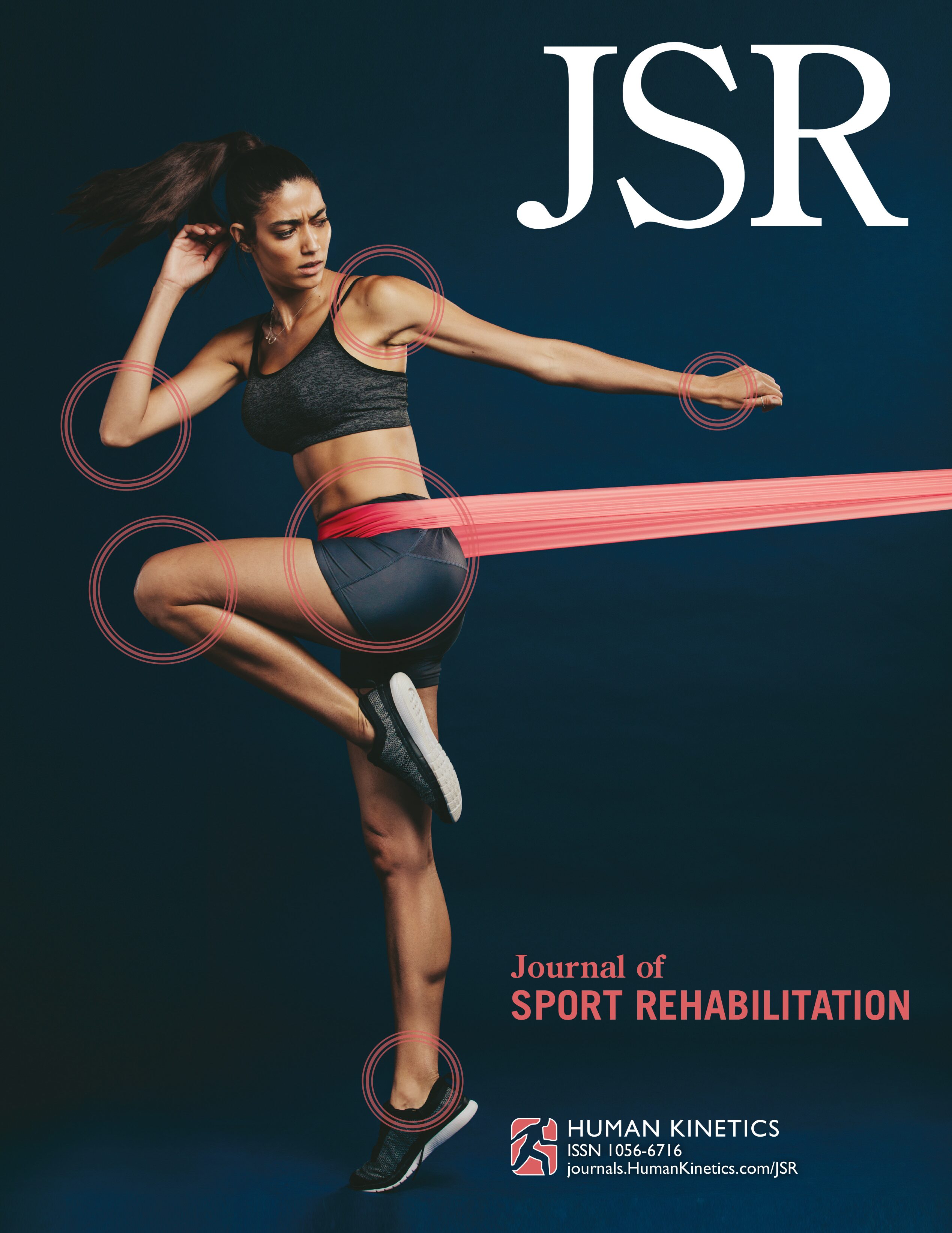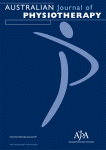I am not following. The Teyhen article appears to consider ankle dorsiflexion asymmetry as a risk factor, but I don't see any mention of a 34-degrees and under measurement. I also don't see any mention of a 2.5x greater risk of injury or 5x greater risk of ankle sprain.
My question above was how the risk of one specific injury (5x greater risk of ankle sprain) can be greater than the risk of all injury in general (2.5x greater risk of injury). Doesn't the overall risk of injury have to be higher than the risk of any one specific injury, or is there an explanation of how the opposite could be true?
That's because it isn't.
When we look at the Teyhen Article they made 2 references to other studies regarding ankle dorsi flexibility.
Reliability of three measures of ankle dorsiflexion range of motion - PubMed
Is one and it uses 3 means to colate data in a load bearing lunge position ONLY.
The other is behind a paywall.
Context: Limited ankle DF (DF) range of motion (ROM) resulting from restricted gastrocnemius and soleus mobility is associated with a variety of lower extremity pathologies. Several techniques are used clinically to measure ankle DF. Objectives: To evaluate the reliability and minimal detectable...

journals.humankinetics.com
In addition under "Using Multiple Predictors Improves the Model's Predictive Value" in sub section 4 regarding dorsi flexibility it states "Functional Movement Screen clearing tests, and ankle dorsiflexion asymmetry. These predictors accurately identified 87% of the noninjured and 39% of the injured soldiers."
An asymmetry is an imbalance. Imagine running on those pogo stilt things. The one of the left has an effective GFR of 100kg and the one on the right of only 85kg. Then imagine marching, running, tabbing etc with and without kit for years and the wear and tear due to uneven loafing on various support structures within your body.
When Matt Wenning took over the SnC curriculum for the Rangers he reduced injury rates substantially. Not by improving mobility but by increasing the strength of these soldiers.
For probably a very few who have noticed my previous posts will know that I have been following Matt Wennings work for years. Using his version of the conjugate method to build my strength base (not so much for conditioning).
Here is an interesting video to start following his work for those who maybe interested. I beleive this to be a good starting point.
EDIT - in addition the Pope et al study made ZERO reference to asymmetries in dorsi flexibility. Which as we know from the above study referenced in thr Teyhen study and common sense is a risk factor.
This is not indicative of a good study IMO but could be explained by the age of the study. However when we consider the high quality of a lot of the older Soviet SnC studies it isn't one that flies with me.
This study investigated effects of ankle dorsiflexion range and pre-exercise calf muscle stretching on relative risk of selected injuries in 1093 male…

reader.elsevier.com



